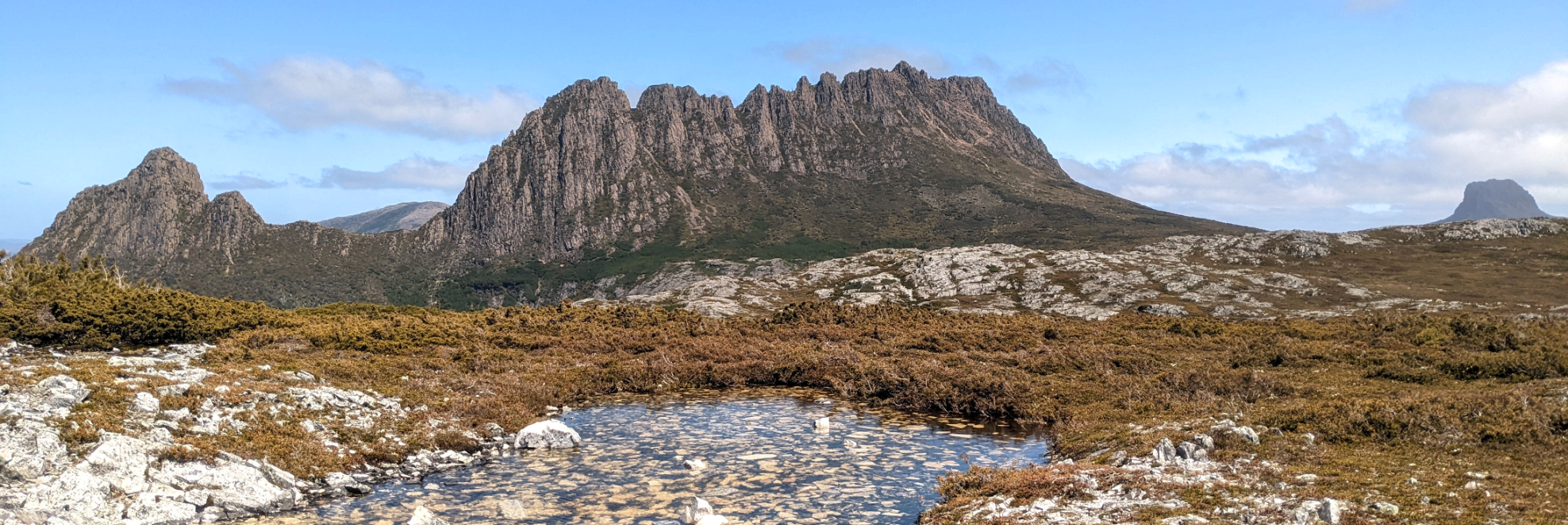
australia
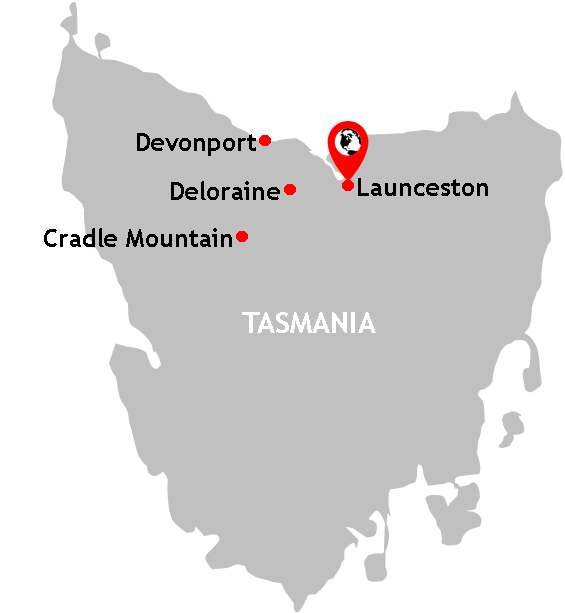
This was my second visit to the Australian State of Tasmania.
Where: Launceston, Deloraine and Devonport. Tasmania, Australia. Oceania.
When: December 2021
What: Cataract Gorge Reserve, Tamar Island Wetlands, Climbing Cradle Mountain on Christmas Day, Mersey Bluff Lighthouse and River Mersey walk, Leven Canyon Lookout, Narawntapu National Park: Archer's Knob bushwalk, Alum Cliffs, Deloraine Platypus hunt.
Wildlife spotting: Wombat, Echidna, Wallabies, Tasmanian Devil (heard only), Yellow-winged Black Cockatoo, Pademelons, Black Swans, Fairy Wren, Kookaburras.
How: Domestic flight, hire car, walking.
Mishaps or illnesses: Travelling by air during a pandemic outbreak; dealing with additional bureaucratic requirements for inter-state travel; having the shape of my baseball cap sunburned into the back of my head; significant knee pain during my descent from Cradle Mountain.
This was my second visit to Australia's heart-shaped island state, having visited here in 2016 to complete the legendary Great Eastern Drive from Hobart in the south to the Bay of Fires in the north. In travel I try not to visit the same place twice because, quite simply, there are so many other places I have yet to see. However, I had to make an exception in Tasmania's case for two pressing reasons. Firstly, the only remaining state in Australia I have yet to visit, Queensland, was still imposing quarantine requirements on inter-state arrivals. Indeed, it's fair to say that Queensland has begun to adopt the semblance of a mythical promised land over the last two years; so near and yet so far. Thus, with Queensland still off limits, we had no option but to search elsewhere for an Aussie adventure. Secondly, we had unfinished business in Tasmania, an omission which needed correcting. In 2016 we had significantly under-estimated Tasmania through both ignorance and a lack of preparation and research. Back then, we departed the epithetic Apple Isle not having seen, let alone climbed, the island's iconic Cradle Mountain. It is an unpleasant, unsettling sensation to leave a place you have travelled to knowing that you have made a serious itinerary error; it's an itch and an annoyance which endures until it is addressed. And so we set off to Van Diemen's Land once again, this time flying into the capital of northern Tasmania, Launceston - the closest airport to the most majestic of Australian mountains. It seemed only fitting that we planned to complete this challenging climb on a poetically-satisfying Christmas Day.
Launceston was a means to an end. As far as Aussie cities go it is straight out of central casting; it's the archetypal Aussie urban centre where Federation-style architecture of the kind I have seen in nearly every other town in Australia coexists alongside the functional boxy architecture of a more modern and bland Australia. We stayed just one night and, with a walk around the centre, we were pretty much done with Launceston itself. Our primary reason for being there was the fact that it had an airport which we had to use in order to gain access to Tasmania's north. Other visitors may take the time to espouse the virtues and wax lyrical about this place but, as far as I was concerned, it had little to excite me. Besides, we had better ways to go. Indeed, a mere two kilometres outside of "Launnie" (yes, Aussies have managed to abbreviate even this word) you will find the Cataract Gorge sitting, as it does, at the lower section of the South Esk River. This was more like it. We undertook a combination of the Duck Reach Trail and First Basin Loop towards Sentinel Lookout, crossing the disconcertingly rickety Alexandra Suspension Bridge which bounced and swayed with every footstep. Steep gorge sides soar up from the dark green waters of the river, the flow of which is satisfyingly decorated with grey boulders of all shapes and sizes. This gentle three kilometre saunter with awesome gorge views was a mere warm-up for our journey up Cradle Mountain the following day. As it was, we jumped back in the car for the 100 kilometre trip westward to Devonport where we would base ourselves for the remainder of the trip.
All accommodation close to Cradle Mountain National Park was booked up. This is a frequent frustration of mine; accommodation in Australia outside of the state capitals is limited; this is a land of crappy 1980s-style motels, rough 'n' ready trailer parks, no-frills camp sites and eye wateringly-expensive luxury lodges. Unless you plan well-ahead of your trip and book exceptionally early, it is highly likely that you'll be left to scratch around in the leftovers for somewhere to stay. As it was, Devonport was one of the last places with rooms available and so we had no option but to ensconce ourselves in this less-than-enticing Tasmanian town, even though it was some 80 kilometres away from our Cradle Mountain starting point. Earlier on in the trip, weather for climbing Cradle Mountain on Christmas Day did not look good, with clouds and rain threatening to make the trip up the mountain's boulder-strewn slopes nigh-on impossible. However, on the evening of Christmas Eve, a more promising synoptic began to emerge. The mountain would be shrouded by cloud with a little drizzle in the morning but would clear by mid-morning, with sunshine and clear blue skies forecast for the remainder of the day. And so, with just a few hours' notice, we set about stuffing our backpacks for the climb, considering carefully what we needed to take with us and trying to strike the difficult, almost contradictory balance, between taking everything you could possibly need for a number of mountain-based emergencies whilst keeping our backpacks as light as possible.
We were up at six in the morning and out of the hotel by seven, hurtling south-westward from Devonport to the Cradle Mountain Visitor Centre along Tasmania's deserted roads. From research conducted previously I knew this would be my hardest climb up a mountain to date; I was bracing myself for a challenge and don't mind admitting that I was filled with trepidation. In the early morning dusk glimpses of Cradle Mountain from our moving car showed purple-coloured peaks topped by ominous clouds. Pathetic fallacy indeed. The unreliability of mountain weather forecasts meant that, even at this late stage, there was still no guarantee that this would be the day we would be able to make the ascent; mountains are notorious for having their own weather systems. On arrival at the National Park Visitor Centre we were greeted by cold and feisty winds which immediately had me wishing I had packed warmer clothing. A member of Tasmania Parks staff warned, with typical crude Aussie candour, that it was "colder than a dead grandmother's kiss up there", and checked with us that we had everything we needed for our climb. She also warned us that there had been "two or three" helicopter airlifts from the mountain in the last couple of weeks because of bust ankles and broken bones caused by slipping on rocks. With coach tickets handed over and a final verbal exchange, we headed over to the shuttle bus which would take us the 10 kilometres from the Visitor Centre to the start of the hike at Dove Lake. Signing in at a portacabin (Aussies call these "demountables") as an extra precaution, and donning my spare pair of trousers over my shorts such was the biting cold, it was about 08:30 when we commenced the 14 kilometre hike. This was the perfect time to begin; there were very few others around and we had the evocative site of the Dove Lake boat shed foregrounding a monochromatic and misty Cradle Mountain pretty much to ourselves. On our return leg, and in the bright sunshine of a blue sky afternoon, the boat shed would be teeming with chattering tourists, kids and selfie-sticks. I thanked my lucky stars that, many hours previous, we had enjoyed this place without them.
As we followed the shoreline of Dove Lake, I took to anxiously looking up at the peak which was shrouded in a constantly shifting mist. Picking up a sweaty pace but in the chill of the fresh mountain air meant I was reduced to oscillating between putting on and taking off clothing as my body temperature fluctuated. Within an hour, my spare pair of trousers were finally returned to the bottom of my backpack. The route took us through a magical little wooded area called the Ballroom Forest, an otherworldly woodland draped in green algae, moss and lichen before things took a distinctly more vertical turn including scaling the rough cliff edges by gripping onto the chain rails. The higher we climbed, the bluer the skies became. Looking back across where we had come afforded incredible views of Dove Lake and Crater Lake and their surrounding slopes. Much of the hike did little to challenge me; the route was not unlike many of the hikes I have completed in the recent past. It was not until we reached the boulder-strewn slope on the final leg to the summit that things became interesting. Clambering over the (thankfully dry) boulders, some the size of small cars, was not the problem; it was only when I reached a point where I could no longer clamber over them but had to vertically climb up them that I decided to finish my climb there. I had made it higher than most and was within about thirty metres from the summit. But, I figured, I had had an awesome time and didn't fancy being airlifted to a hospital on Christmas Day. How embarrassing would that be? Ending up as the lead story on the local Channel 7 News was not exactly the look I was going for... A top tip when climbing a mountain: know thy limits. Indeed, my hiking partner had stopped a couple of hundred metres below me and had refused to budge; I had pressed ahead up until this point on my own. This was achievement enough in my mind. Later on that evening, in the banality of our Devonport hotel, I took to plotting the position I had reached on a photograph of the mountain I had taken that day. I was more than impressed with myself that I, a mere city-dweller, had reached this height (see photo of this here - red marks the spot). As is always the case, descending the mountain was more painful than ascending, my knees in particular suffering the most. My confident and nimble ascent up the mountain now contrasting strongly with my clumsy descent characterised by frequent complaining, stumbling and falling. Mindful of not wanting to miss the final coach back from Dove Lake, our food stop also had to be brief. A bread roll, humus and can of kombucha was our Christmas dinner on the mountain before we recommenced the descent. The physical pain I felt was made somewhat more bearable by unsurpassed views of the Cradle Mountain chain now set against clear blue skies; from a distance I managed to capture Little Horn, Wiendorfer's Peak and Barn Bluff in a single photograph.
The following day, with a range of aches and pains, a walk along the Mersey River up to the Mersey Bluff Lighthouse and a descent down the 697 steps to the Leven Canyon Lookout loop circuit concluding with a picnic was about all we could manage. The day straight after a climb up to the top of Tasmania's most iconic mountain is reason enough to take it a little easier. Our final full day consisted of an 11 kilometre bushwalk through the wonderful Narawntapu National Park, a beachy bushland track leading out to Baker's Beach and scaling up to the unfortunately-named Archer's Knob. We were blessed with multiple sightings of Tasmanian Pademelons, small hopping marsupials not unlike wallabies. I admit that until this trip I had never even heard of these creatures, let alone seen one. Pademelons must rate as one of the most skittish of Aussie critters I have ever come across, darting about in the brush at ferocious speed on hearing our footsteps. We also heard the unmistakable sound of a Tasmanian Devil growling and gurgling in the thick of the brush. I felt lucky enough to just hear one considering these creatures are nocturnal (it was the middle of the day) and, indeed, endangered. With a trip out to Alum Cliffs on our final day which was bookended by a fruitless search for Platypuses in the famous Deloraine waterways, our time in Tasmania was up.
On flying back over the Bass Strait, the body of water separating Tasmania from the Australian mainland, I took comfort in the memories of awesome adventures had and a camera full of incredible photographs. Sat in my 18A window seat, and stifled by the wearing of two face masks, I felt a sense of accomplishment in having climbed another Aussie mountain on the Ten Epic Mountains in Australia You Should Hike at Least Once in Your Life list.
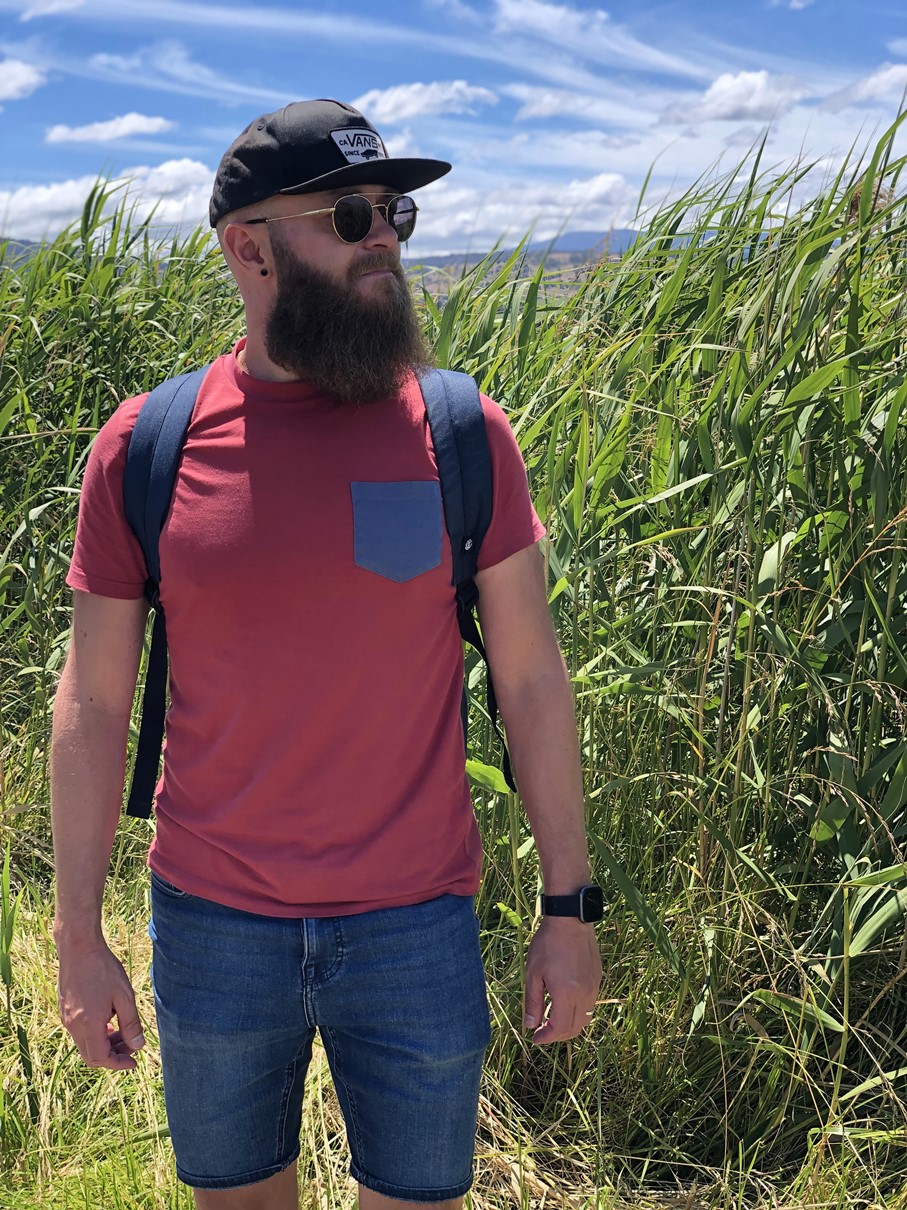
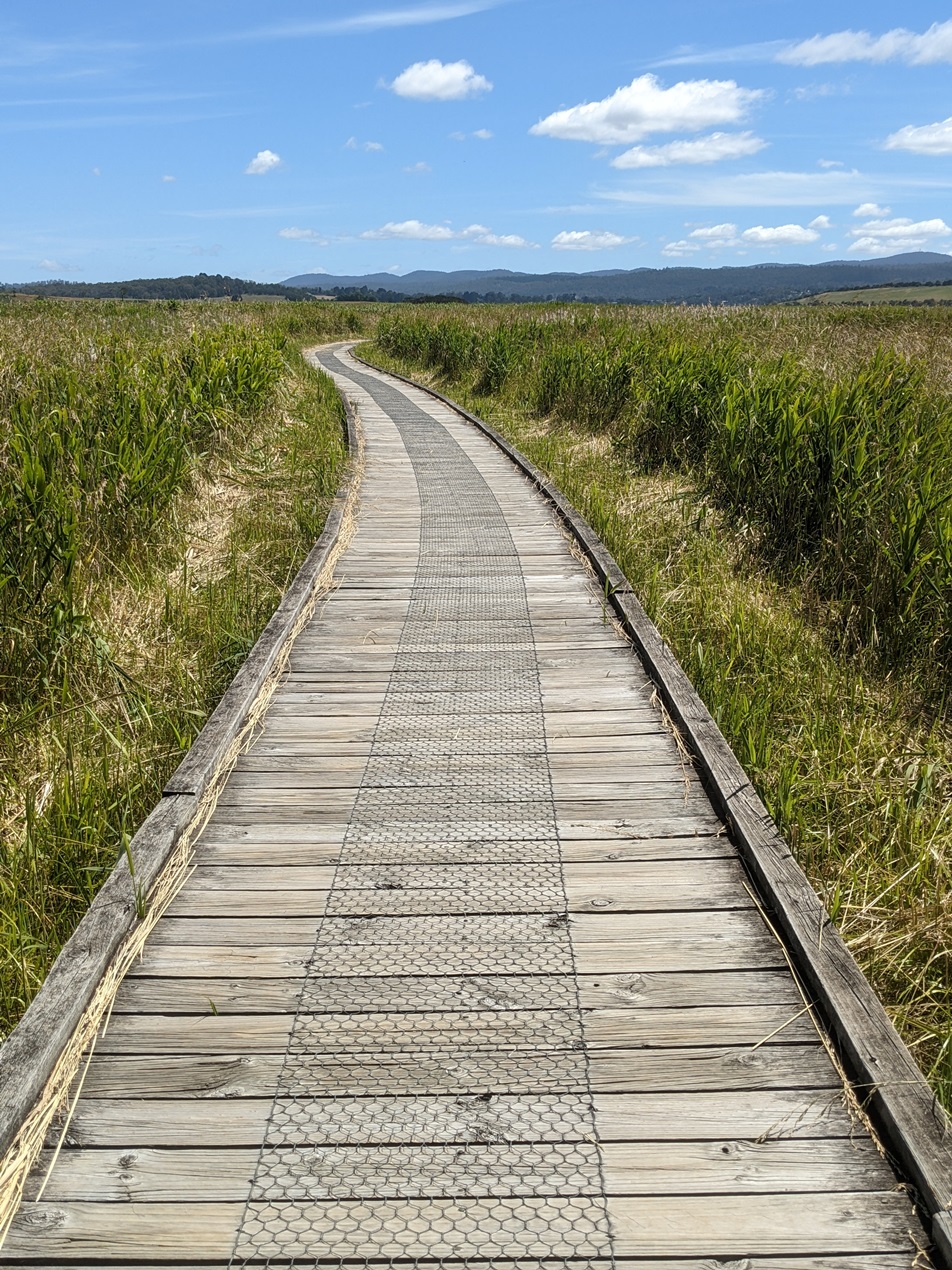
The Tamar Island Wetlands, one of Tasmania's 60 Short Walks. Long rustling grasses, beautiful birdsong and, above all, some peace.
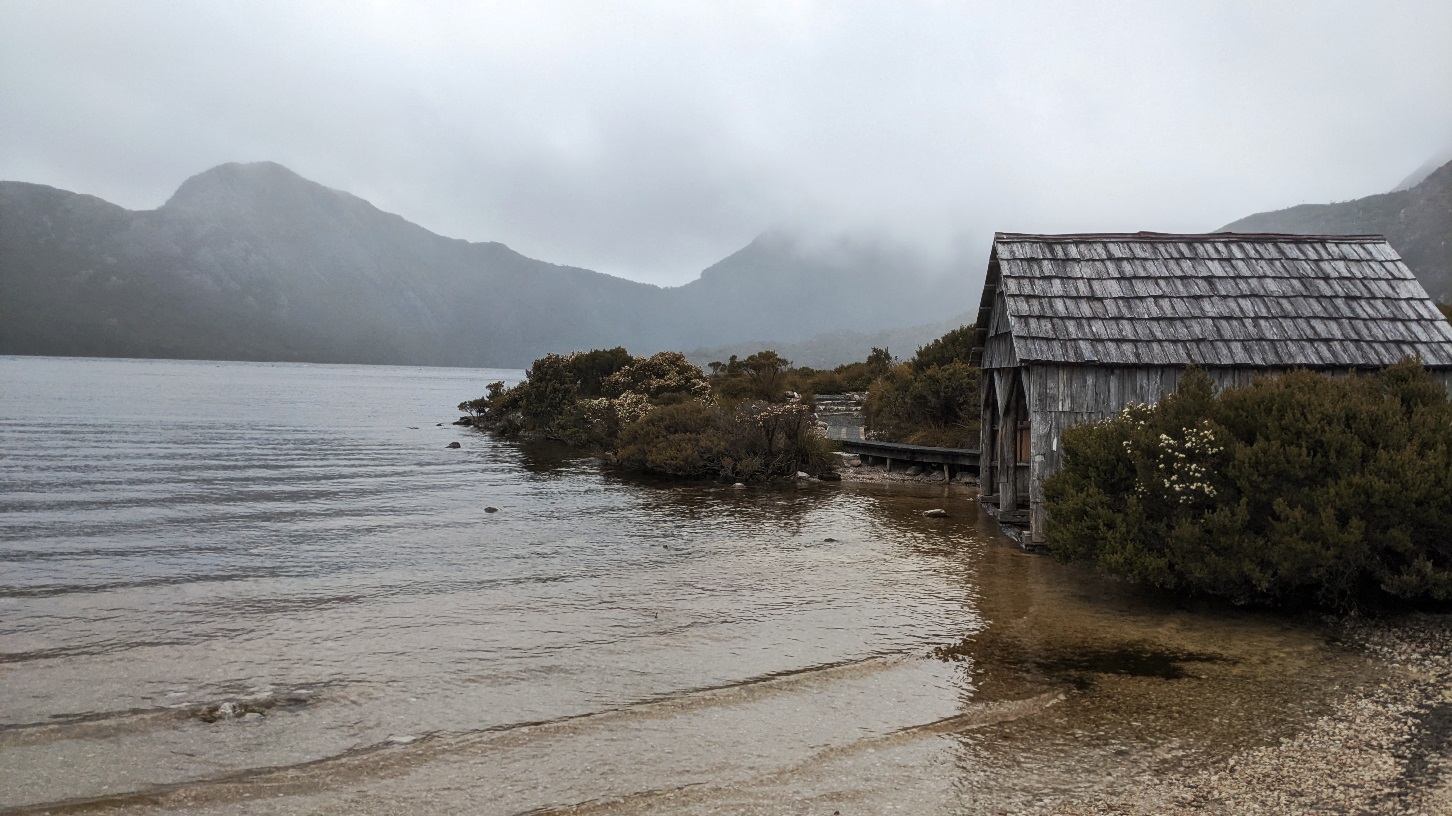
Christmas Day on Cradle Mountain. We arrived in the early morning and had the evocative site of the Dove Lake boatshed foregrounding a monochromatic and misty Cradle Mountain entirely to ourselves.
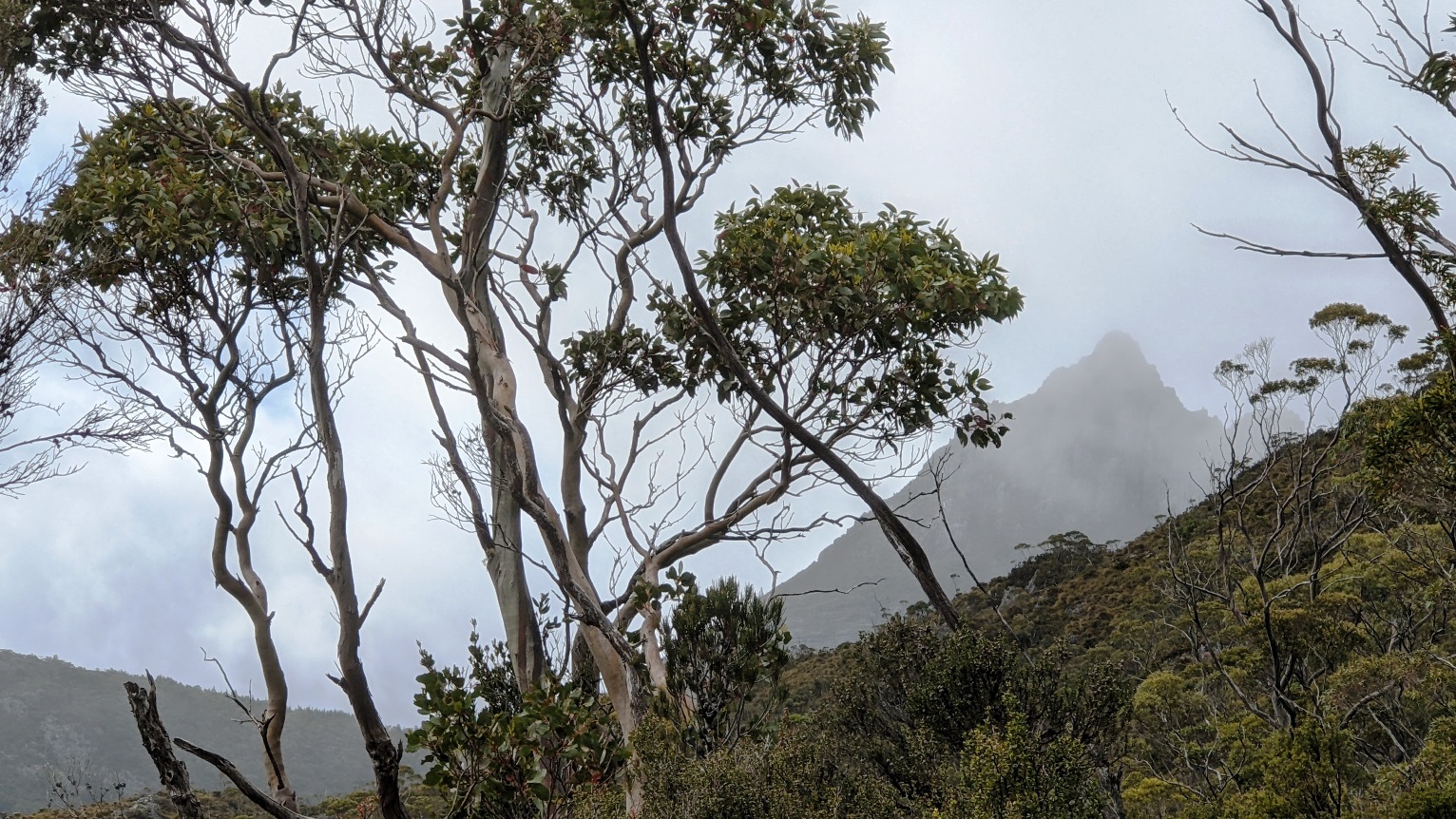
The evocative sights of a Cradle Mountain peak dressed in an early morning mist.
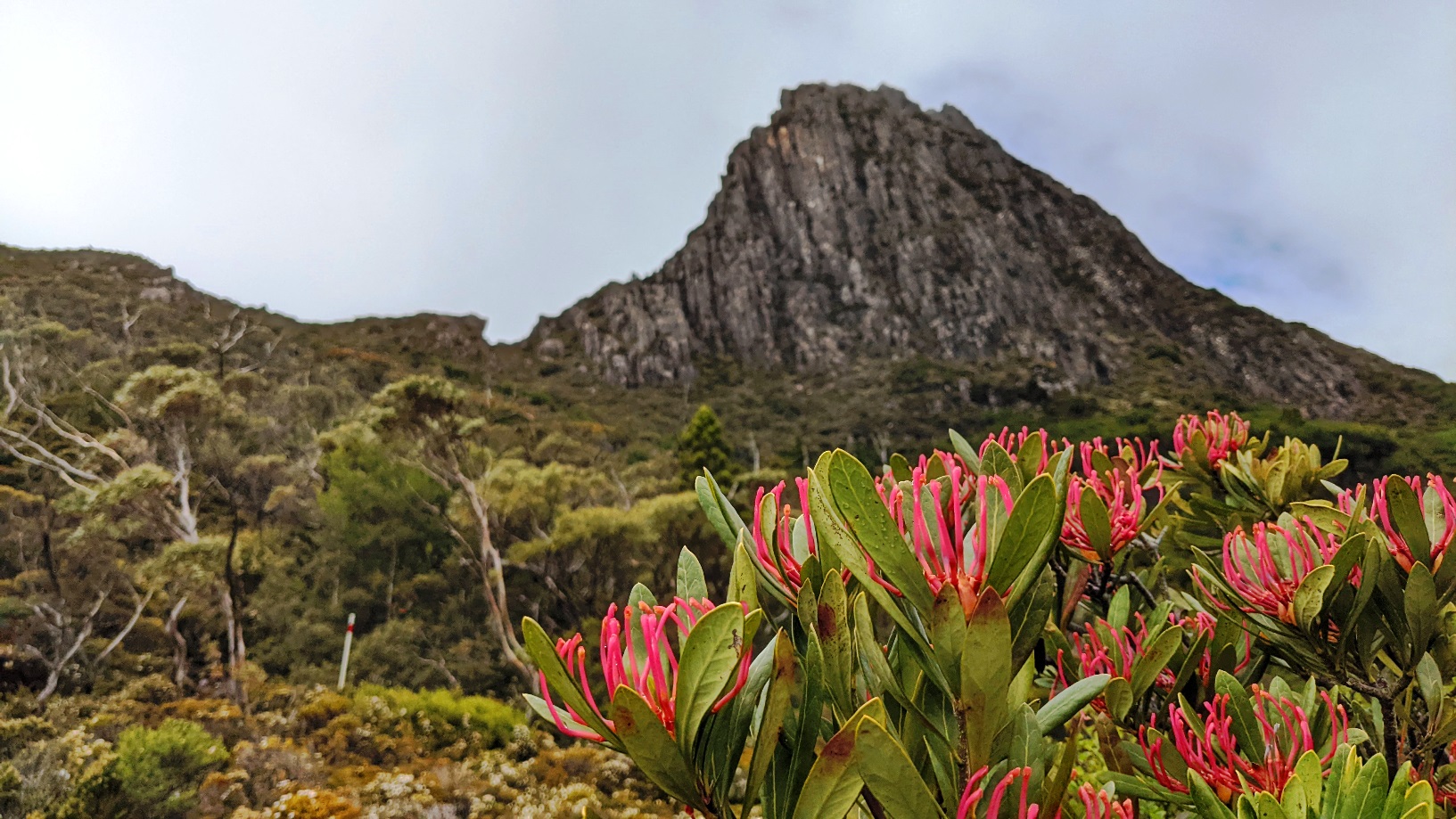
Red Tasmanian Waratahs foreground the Little Horn peak of Cradle Mountain.
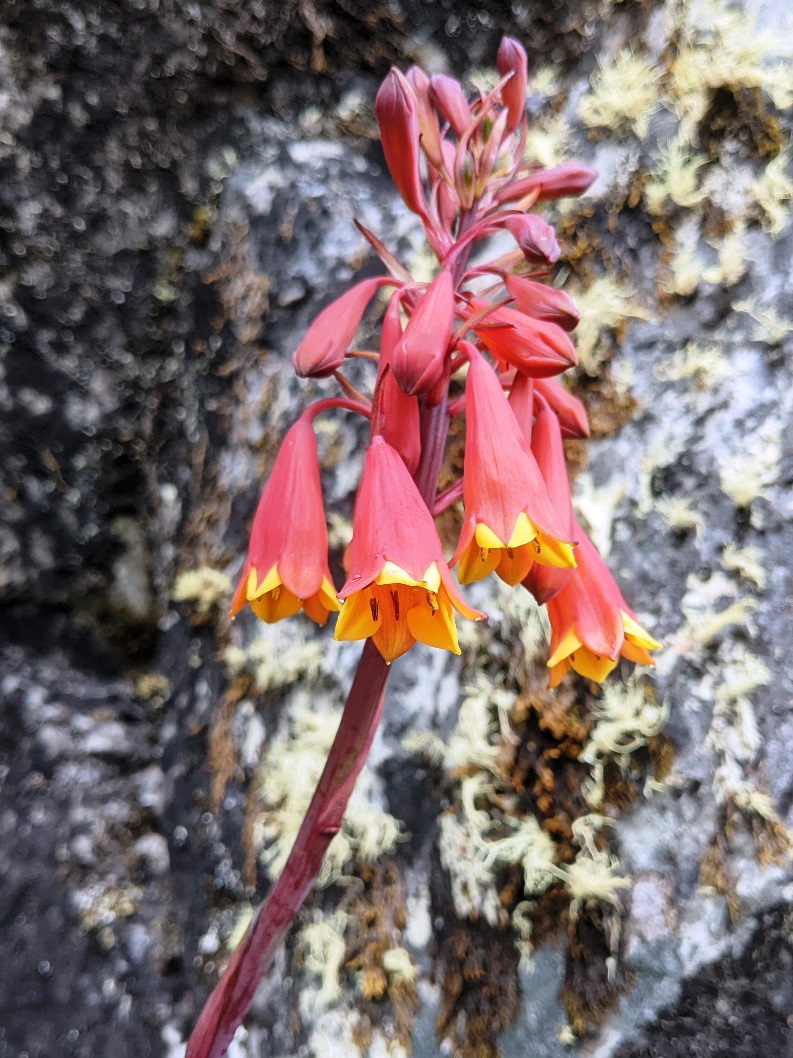
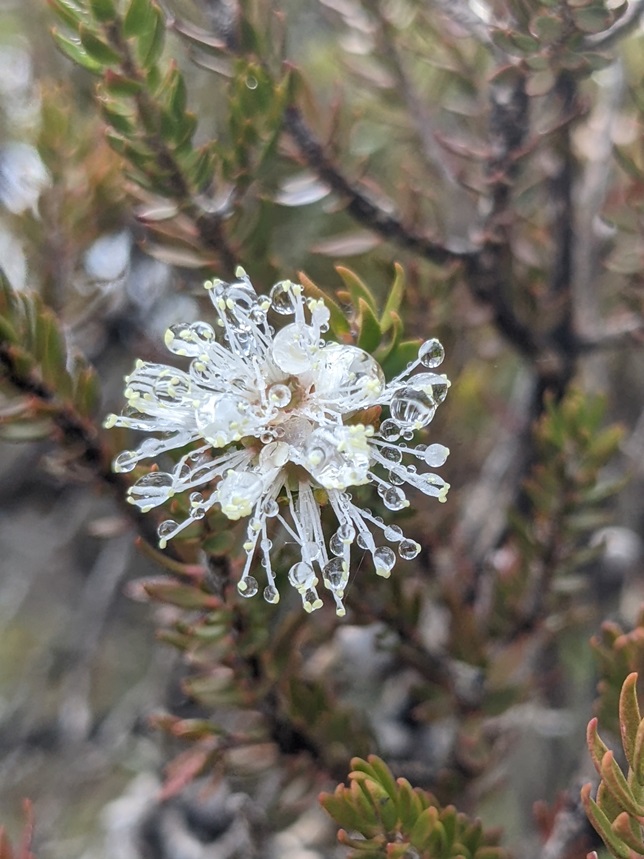
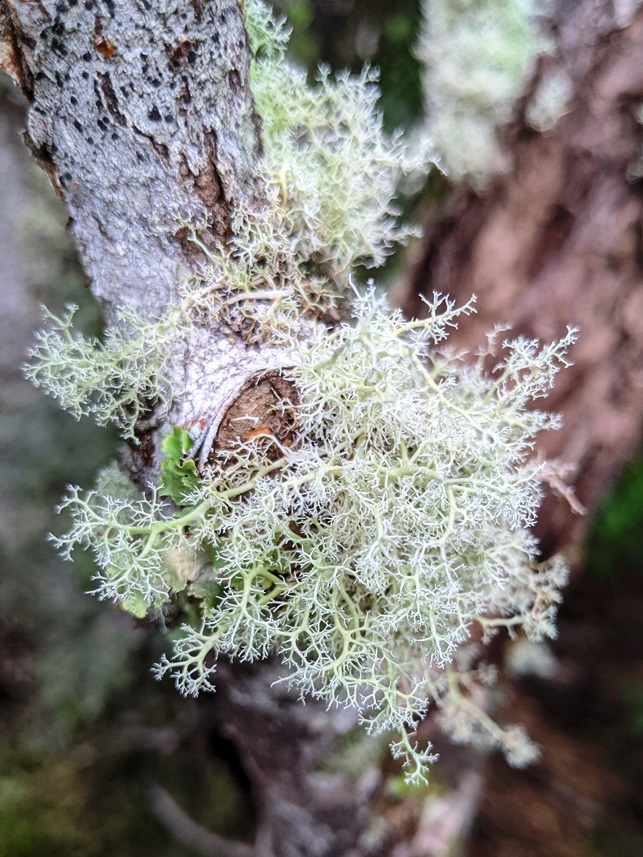
Cradle Mountain blooms. Left to right: photographing a Christmas Bell on Christmas Day; an icy-covered bloom at Dove Lake; moss covers a branch in the Ballroom Forest.
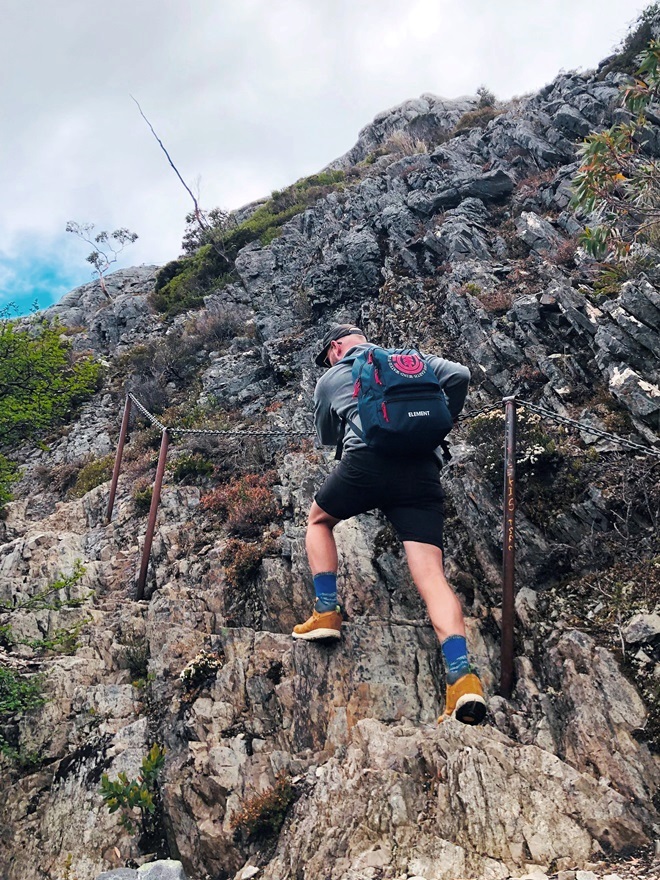

Climbing Cradle Mountain on the chain ropes at the Face Track.
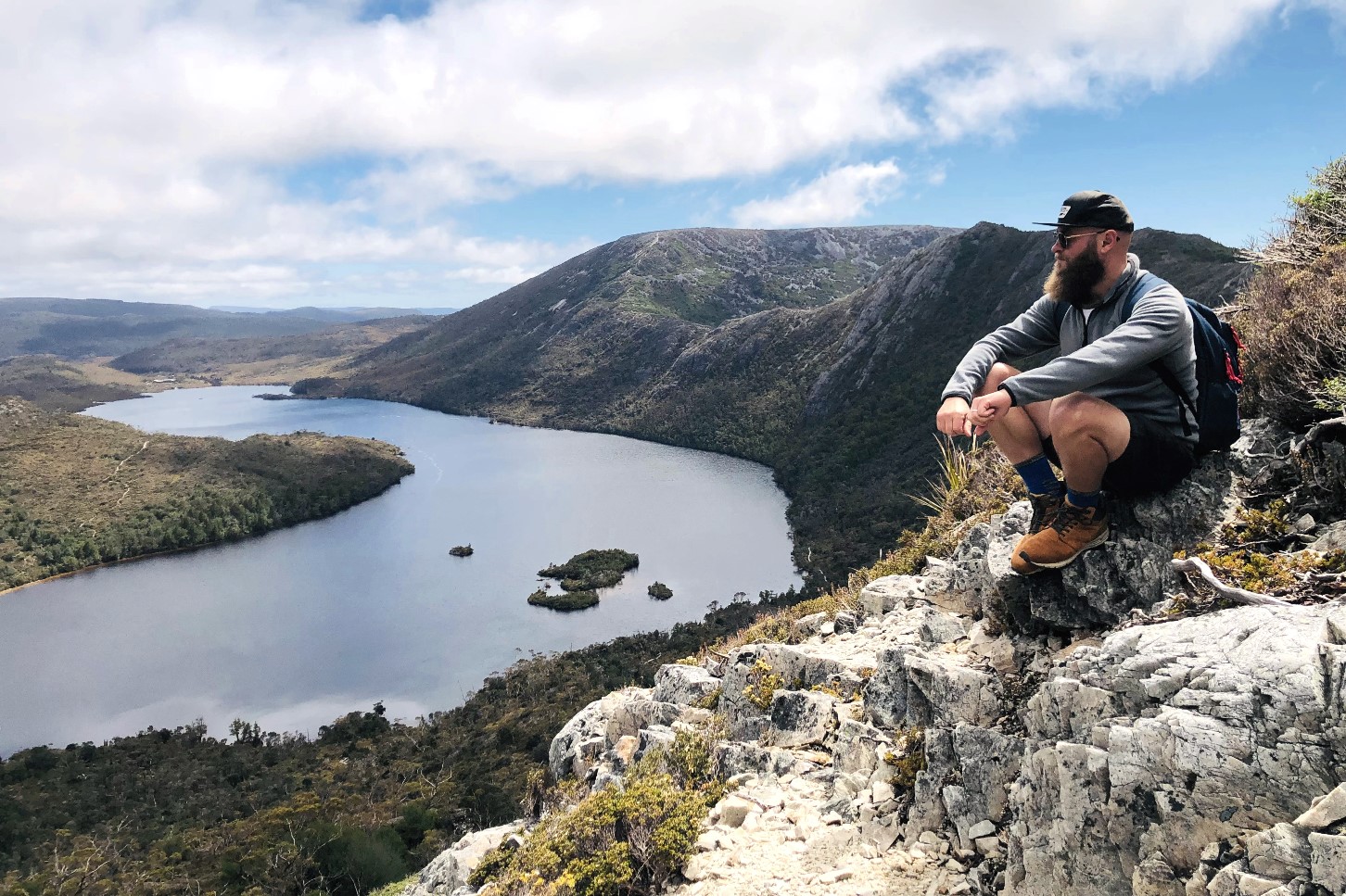
Some way up: overlooking Dove Lake at the intersection of the Lake Wilks and Face Tracks.

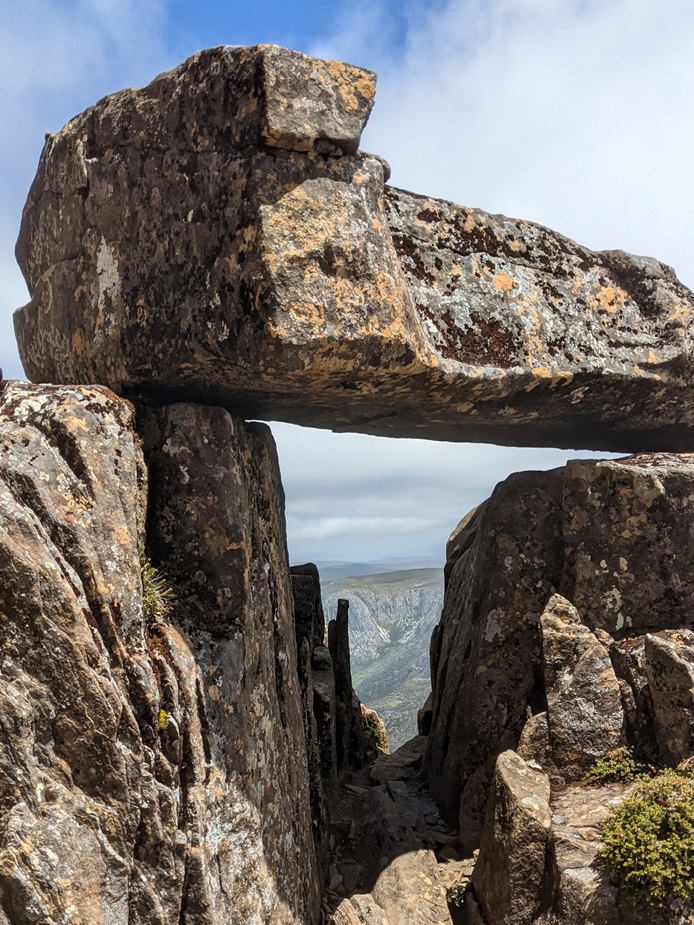
The incredible rock formations of Cradle Mountain a stone's throw from the summit of 1545 metres.

Cradle Mountain's chain of peaks: Little Horn, Wiendorfer's Peak and Barn Bluff.
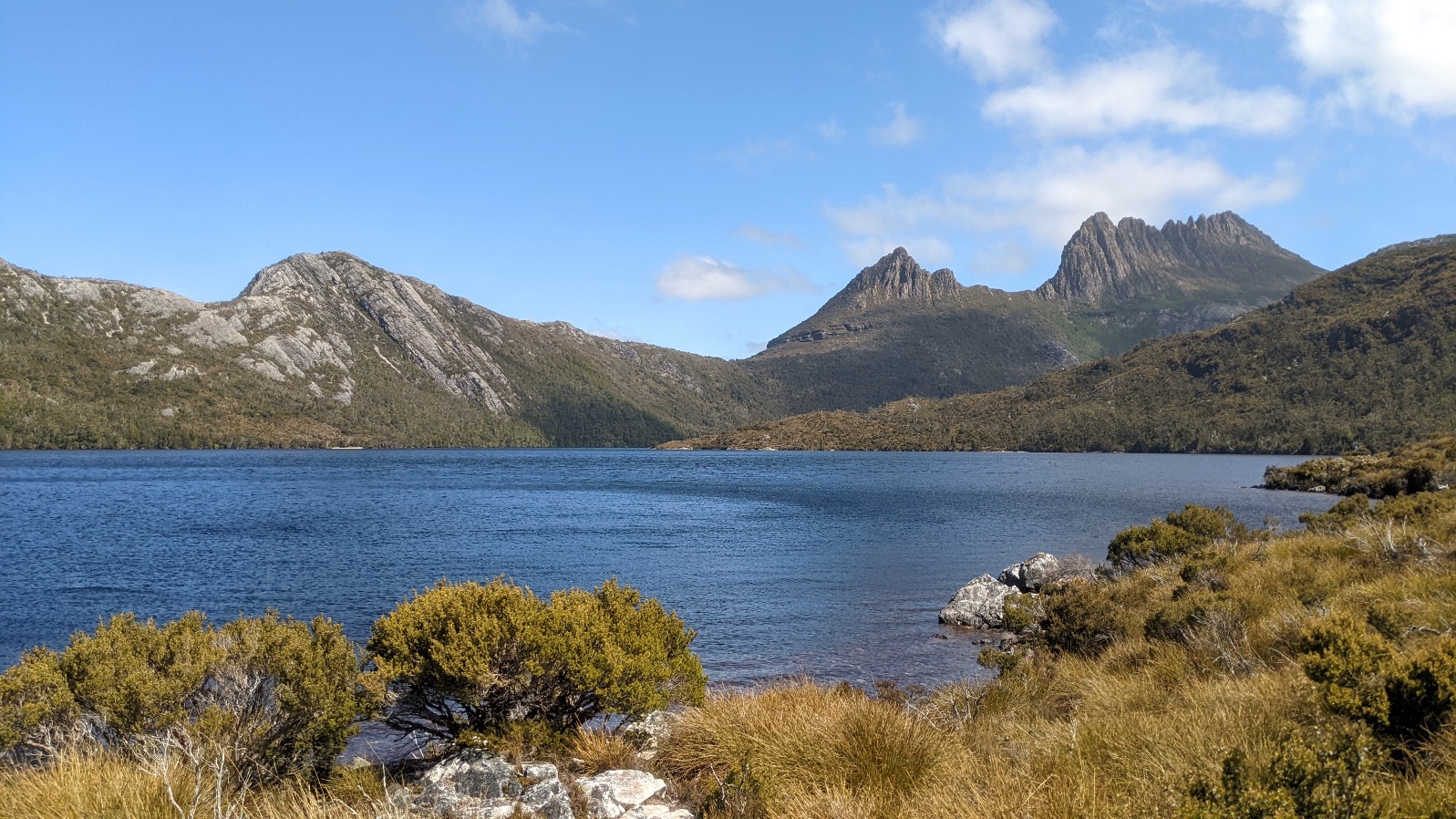
The final stretch home: back at Dove Lake. The evocative mists had cleared by late afternoon.
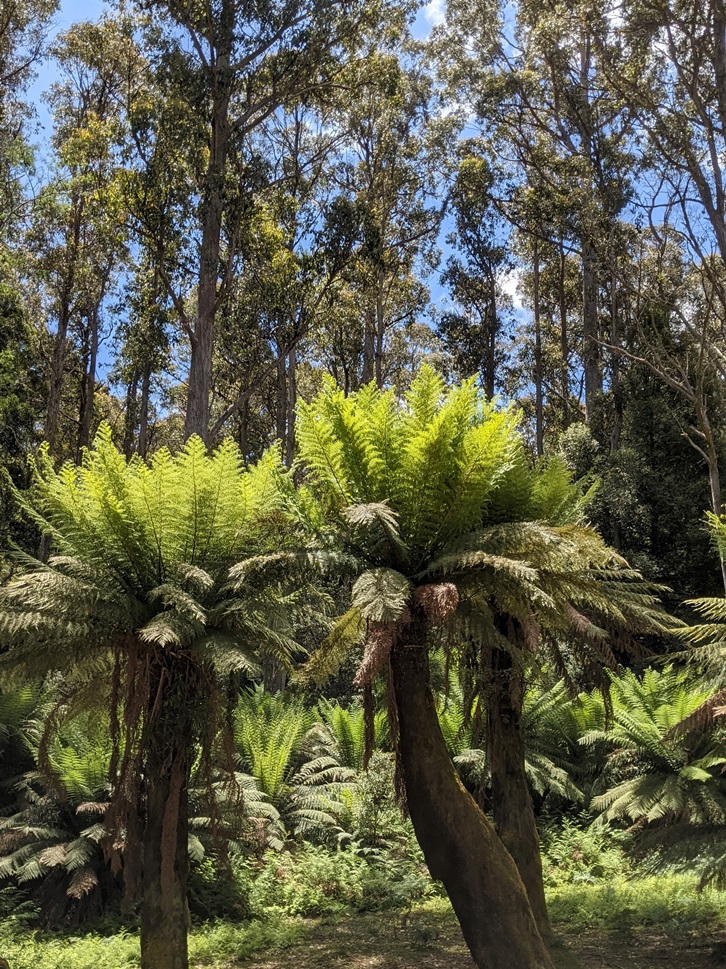
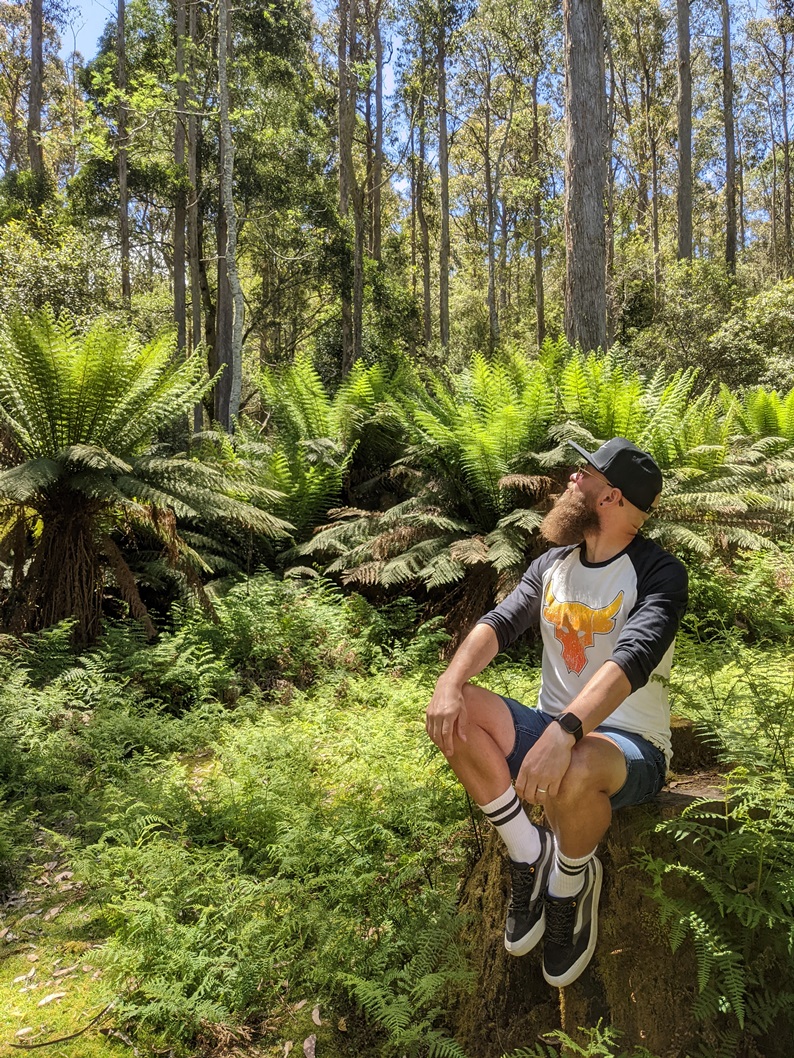
The majestic Fern Walk forest leading down to Leven Canyon Lookout.
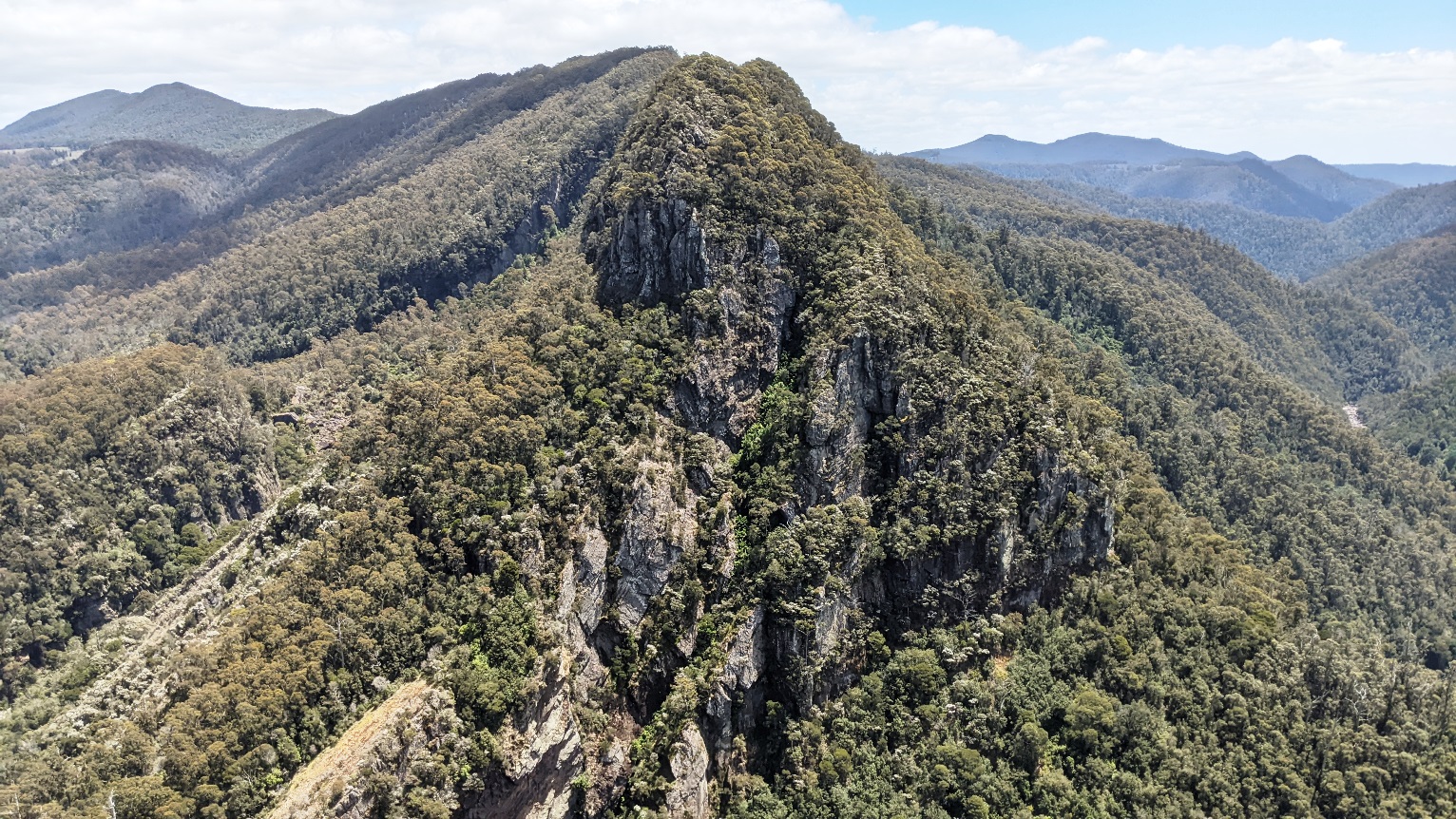
The awesome view of Leven Canyon.


Where the Devil are you? On the hunt for a Tassie Devil. I did hear one growling in the brush a couple of hours later at Narawntapu National Park (right).
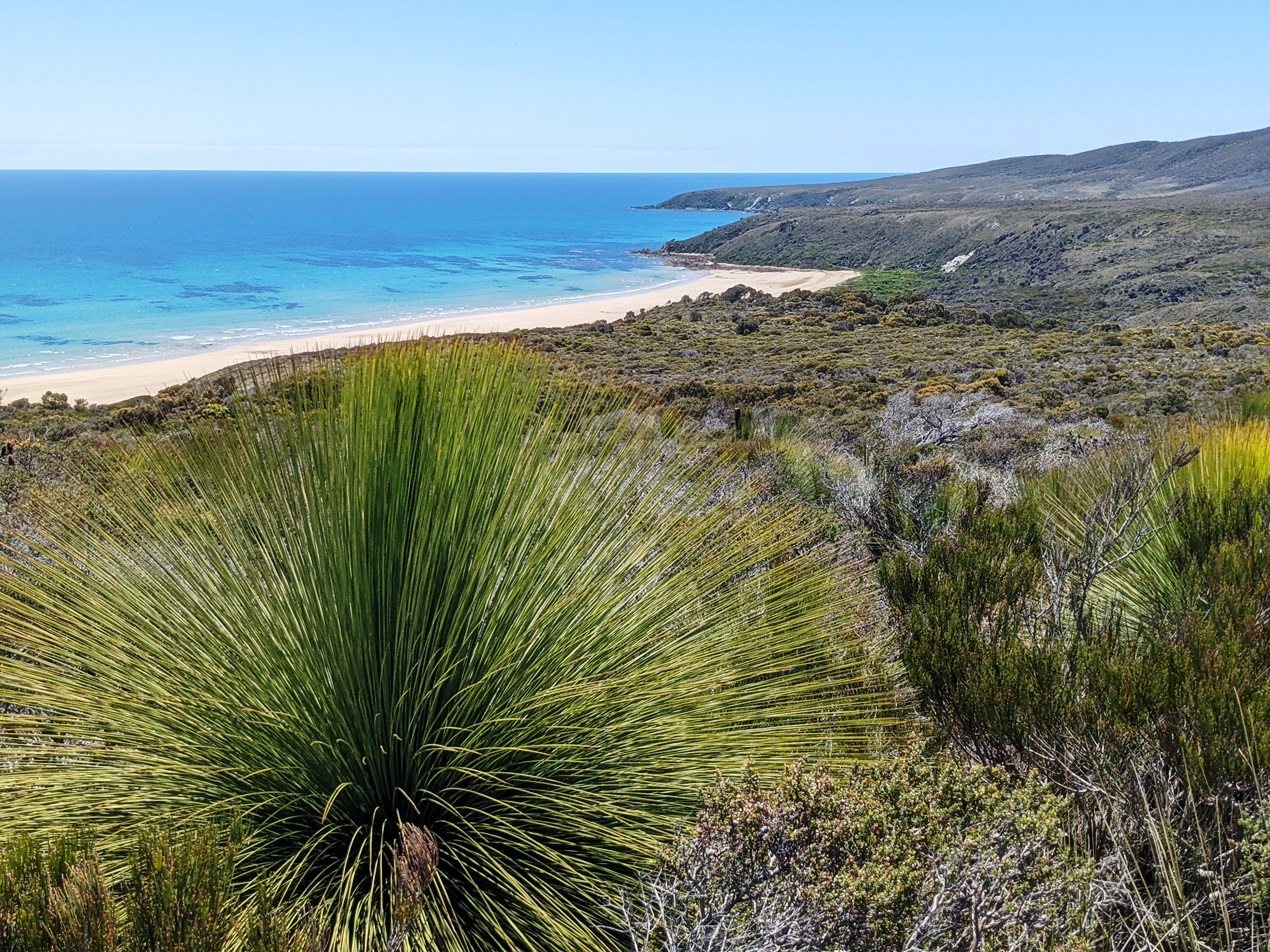

On an 11 kilometre bushwalk through the wonderful Narawntapu National Park, a beachy bushland track leading out to Baker's Beach and up to the unfortunately-named Archer's Knob.
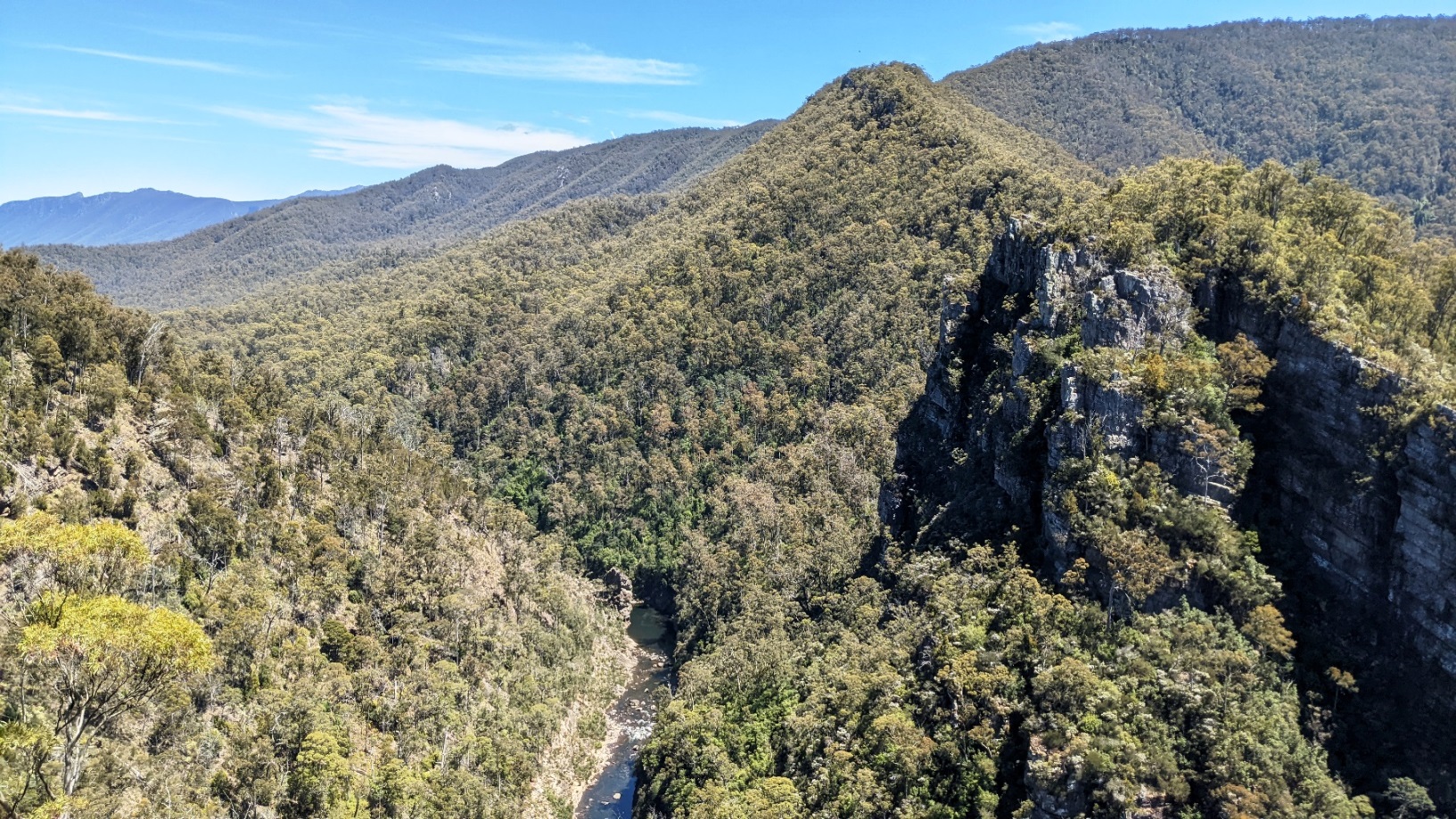
The incredible Alum Cliffs.
travel tips, links & resources
- There are no international flights to Tasmania. If arriving by air you have no option but to fly via the Australian mainland.
- Although part of Australia, some items are not allowed to be brought into Tasmania, including some types of food and plants. Basset Hound sniffer dogs will greet you on your arrival in a Tasmanian Airport. Check before you travel.
- Tasmania's roads seemed to be less-well signposted than other Australian states. Relying on cell coverage for mapping was problematic with rather patchy coverage outside of the main urban centres. This left us a little lost, driving around just to pick up an internet spot so that we could then type in our destination and make it back to Devonport. It's probably wise to download maps before you set off - that, or pack a traditional paper one.
- As with all walks in rural areas, be aware of the critters which can latch onto you as you brush past. In Tasmania there are a range of bugs to watch out for, including ticks, Jack Jumper ants, Bull ants and Leeches.
- Climbing Cradle Mountain is no easy trek. For the most part this was not challenging for someone like me. However, the final ascent up to the summit there was no option but to climb vertically and, I decided, the risk was not worth it. Definitely the hardest climb I have undertaken so far, and this is within the context of having summited Australia's highest Mount Kosciuszko, as well as Rawnsley Bluff in South Australia, plus The Warrumbungles, Didthul Mountain and Mount Budawang in New South Wales. The difficulty rating for Cradle Mountain is 5 of 5, and is therefore "Only suitable for very experienced bushwalkers with specialised skills, including navigation and emergency first aid. Tracks are likely to be very rough, very steep and unmarked". As a member of Parks staff advised when we arrived at the Visitor Centre, there had been two helicopter airlifts in the last fortnight where injured hikers had to be rescued following broken bones and busted ankles. You can check out Tasmania Parks' top safety tips here.
- As with all mountain climbing, the weather experienced pretty much covers all four seasons in one day. Pack accordingly and think layers. Early in the morning when we started our hike up Cradle Mountain, I donned my pair of trousers over my shorts and began to wish I'd packed my North Face coat. A few hours later on the ascent I was shedding layers.
- It is advisable to pack your Cradle Mountain hike gear carefully. Arguably it's not possible to over-think your preparation. See this list of essential gear items for day walkers which I photographed inside the sign-in hut at the start of the climb. This list didn't cover everything I brought. I also make sure I carry a back-up battery pack to re-charge my phone in case of an emergency - particularly necessary when I seem to use most of my phone's battery taking photographs. Even with all of my preparation, I still felt ill-prepared.
- It is very worthwhile downloading a map app of Cradle Mountain which comes with GPS tracking capability. For the most part the track was relatively easy to follow but there were points when we resorted to checking the app for clarification.
- Ensure you sign in at the Visitor Centre hut so that, if you do go missing, Parks staff can check your details and the presence of your car in the car park to determine whether you have come to harm during the hike and need to mount a search and rescue.
- Note that, at the time of travel, it was not possible to drive to the start of the hike itself (Dove Lake car park) but, instead, we had to catch a 20 minute coach ride from the Visitor Centre. These started at 8am with the final coach being at 6pm. This actually meant that we had no option but to start our walk early in the morning to ensure we were back in time for the last coach. We made the coach at around 4pm. To miss this by, perhaps, hanging around on the mountain and having extended rest breaks, could result in missing the last coach and having to walk for an extra couple of hours - not a tantalising prospect having hiked vertically for 14 kilometres.
- Weather up on Cradle Mountain, like many mountains of course, is changeable. We therefore made sure that we were in Tasmania for a sufficient number of days so that we could be flexible and have the ability to choose carefully which day we would tackle the ascent. It would be unwise to lock in a particular day for your ascent up the mountain simply because, if it rains, a significant proportion of the track will become unsafe. There is no way you can clamber over the mountain's boulders, in particular, if they are wet; the lichen becomes slippery and treacherous. Such boulders being dry gives you the best chance of being able to reach the summit.
- A landscape map of Cradle Mountain can be downloaded here.
- Concrete Playground's Top Ten Mountains list to which I refer above can be found here.
you may also like
